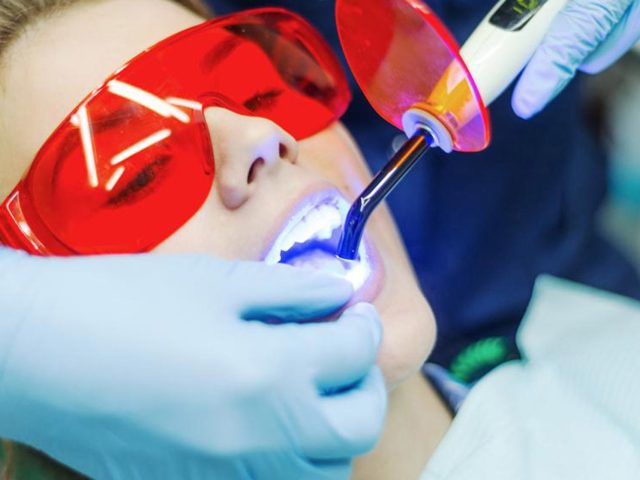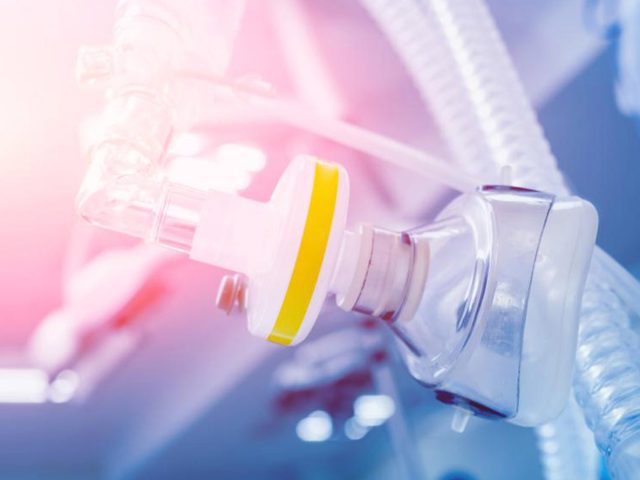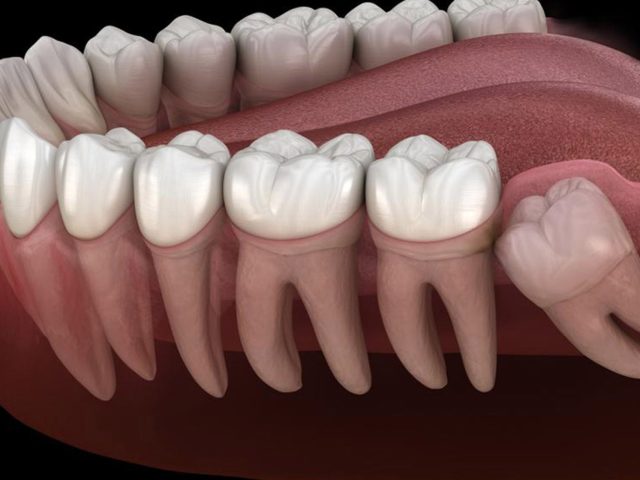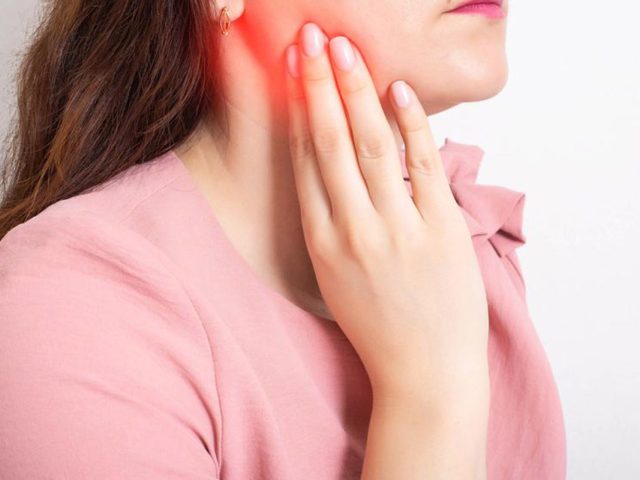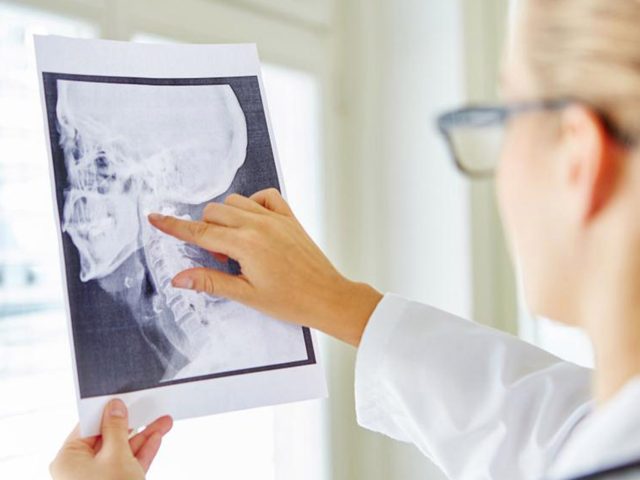

Maxillofacial and Dental Surgery
We take good care of our patients who apply for the field of maxillofacial and dental surgery, from the first examination to diagnosis and the most appropriate treatment methods, and we carry out this process meticulously. We apply to jaw and dental surgery due to all the discomforts and problems that occur in our jaw and dental areas. Maxillofacial and dental surgery is the reference point for very common problems such as snoring and mouth closing issues and difficulty in speaking.
Wear and tear on teeth can happen to anyone. Due to various oral, dental and jaw problems we experience, we go to the jaw and dental surgery.
- Extraction and treatment of impacted teeth are carried out in this area.
- It helps to eliminate infections in the mouth and jaw area.
- Maxillofacial and dental surgery treats of cleft palate and lips
- Maxillofacial and dental surgery are used for the removal of formations such as tumors in the jawline.
- It is effective in fixing broken jaws and face fractures.
- It helps in all kinds of painkilling and treatment in jaws and face area.
- The commonly used implant method is also within the scope of maxillofacial surgery.
Which Diseases Does Maxillofacial and Dental Surgery Treat?
Maxillofacial and dental surgery is the surgical branch of dentistry applied for problems such as;
- When there is difficulty in chewing and biting,
- When swallowing is difficult,
- When there is wear on the teeth,
- Problems in the jaw joint and jawbone,
- When there are fractures, because of hard blows, in the jaw area.
- It is the surgical branch that is applied for problems such as impacted teeth.
Tooth loss is a condition that can be seen in many people and all age groups. Implant applications, which are frequently applied to eliminate tooth deprivation and fulfil their functions, are within the scope of maxillofacial and dental surgery. In addition, the applications made to gain an aesthetic appearance in the jaw, mouth and face area are also the methods that maxillofacial and dental surgery is interested in.
Maxillofacial and Dental Surgery Methods?
Maxillofacial and dental surgery, which deals with problems and disorders that occur in the mouth, face, jaw and dental areas, has many methods and treatment alternatives within its body and makes its application. It is a branch of dentistry that is constantly developing and innovating. It deals with too many problems and inconveniences, seeking solutions and applying treatment. Our clinic solves many of your discomforts and problems with its expert specialists.



